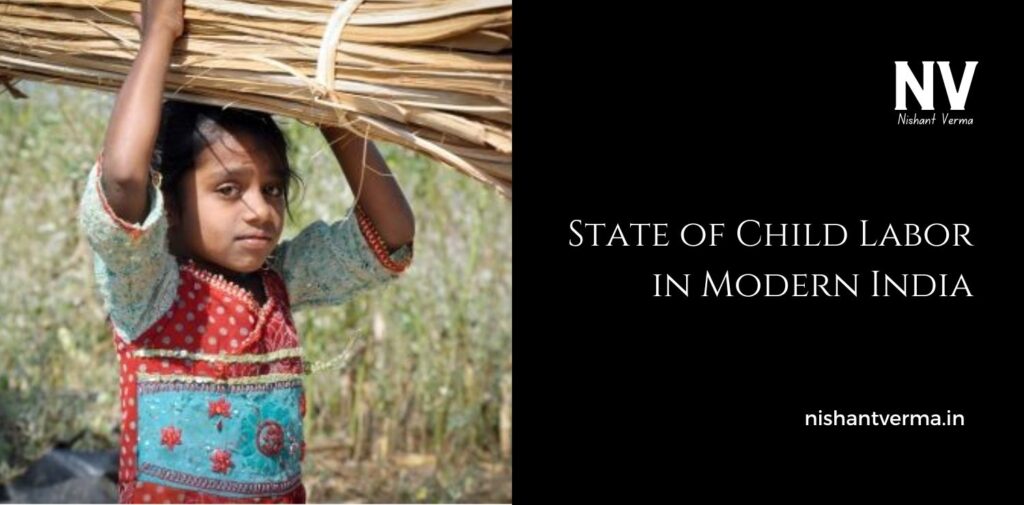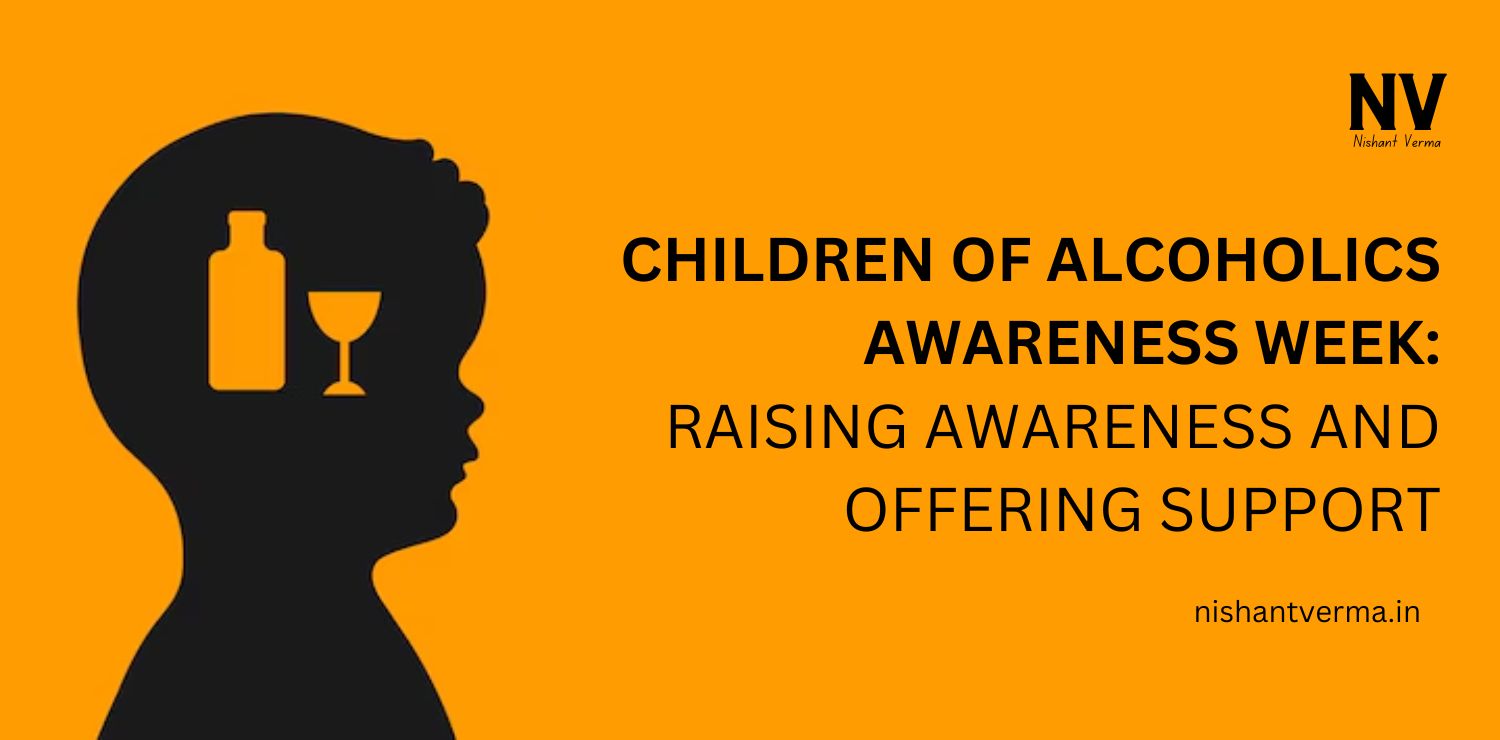India is a country with a rich culture and history, but it also faces many challenges. One of the most serious problems that still exists today is child labor. Child labor means that children are forced to work instead of going to school and enjoying their childhood. These children miss out on education, play, and the chance to grow up healthy and happy. Even though India has made progress in many areas, child labor remains a big issue that affects millions of children.
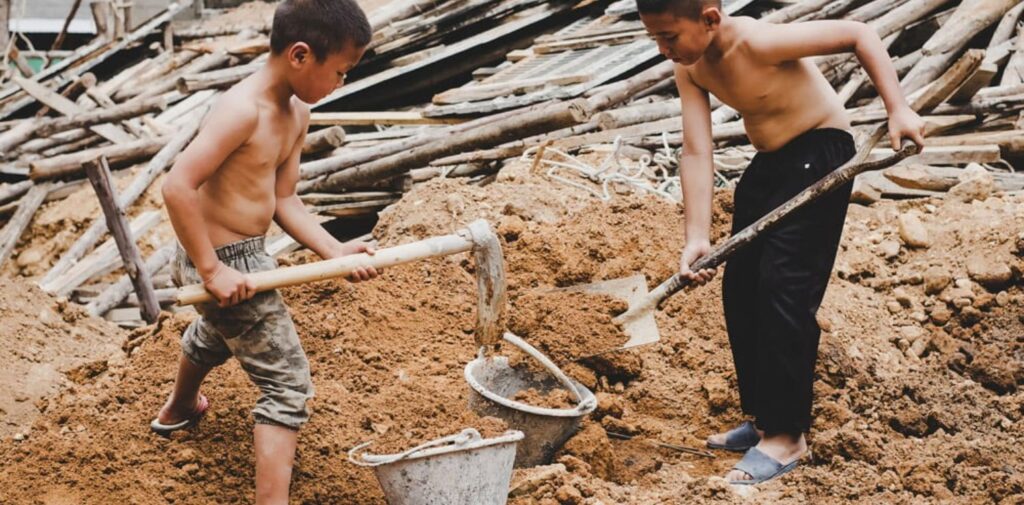
What is Child Labor?
Child labor refers to any work that children do that is harmful to their well-being, and that prevents them from attending school and having a normal childhood. Children should be playing, learning, and growing, not working long hours in dangerous or unhealthy conditions. Child labor can happen in many places, like factories, farms, homes, and even on the streets.
How Many Children Are Affected?
In India, millions of children are involved in child labor. According to reports, there are about 10 million children working in different sectors. These children work in places like factories, farms, brick kilns, and even as domestic helpers in people’s homes. Most of them are poor and come from families that struggle to make ends meet. Sadly, many children start working at a very young age, even before they have the chance to attend school.
Why Do Children Work?
There are several reasons why child labor continues to exist in India:
- Poverty: One of the biggest reasons is poverty. Many families are so poor that they cannot afford to send their children to school. To survive, children are forced to work and earn money to help their families.
- Lack of Education: In many rural areas, there aren’t enough schools, or the schools are too far away. Some families believe that working will help their children earn money for the family instead of going to school. Education is often not seen as important in these communities.
- Cultural Norms: In some places, people believe that children should start working early to learn responsibility and help their families. This belief can make it harder for children to go to school or to escape from working.
- Exploitation by Employers: Some employers take advantage of poor families by hiring children because they can pay them less money. These employers sometimes force children to work long hours in terrible conditions.
Types of Work Children Do
Children who work in India are found in many different kinds of work. Some of these jobs are dangerous, while others are not very good for their health. Here are some of the types of work children are often involved in:
- Factory Work: Many children work in factories, especially in industries like textiles, leather, and carpet weaving. They often work long hours in poor conditions, and their health can suffer because of exposure to harmful chemicals and dust.
- Agriculture: Children are often found working on farms, where they help with planting, harvesting, and taking care of animals. The work is tiring and can be dangerous, especially when children have to handle sharp tools or chemicals.
- Domestic Labor: Some children are forced to work as domestic helpers in people’s homes. They do chores like cleaning, cooking, and taking care of younger children. These children may live with their employers and often face emotional and physical abuse.
- Street Work: Children who live on the streets often work as street vendors, cleaners, or beggars. They may sell small items, clean cars, or shine shoes to earn money. These children are very vulnerable to exploitation and abuse.
- Mining: Some children are made to work in dangerous mines, where they dig for minerals like coal or mica. The work is hard and risky, and many children are injured or even killed while working.
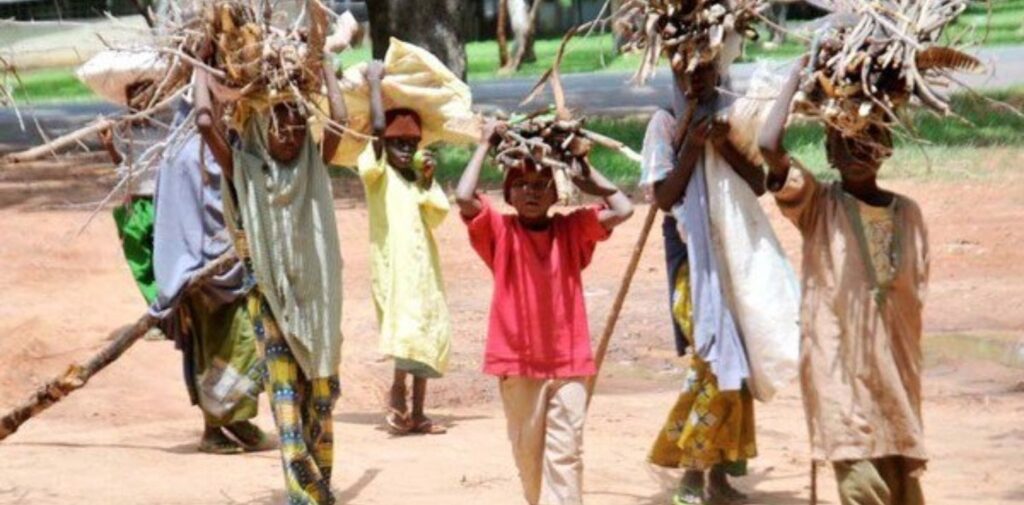
The Impact of Child Labor
Child labor harms children in many ways, both physically and emotionally. Here are some of the major impacts of child labor:
- Health Problems: Children who work in factories, farms, or mines are often exposed to dangerous chemicals, dust, and heavy machinery. This can cause serious health problems like breathing difficulties, skin infections, and injuries.
- Lack of Education: When children work instead of going to school, they miss out on the chance to learn and develop important skills. Without education, these children are more likely to stay poor and face challenges as adults.
- Emotional and Psychological Damage: Working long hours in bad conditions can leave children feeling tired, scared, and sad. They might not get the love and care they need from their parents or teachers, which can affect their emotional development.
- Exploitation and Abuse: Many children who work are abused by their employers. They are treated unfairly, made to work long hours without rest, and sometimes even beaten or punished. These children are often powerless and have no one to protect them.
The Laws Against Child Labor in India
India has made some important laws to protect children from being forced into labor. The Child Labor (Prohibition and Regulation) Act was passed in 1986 to prevent children from working in certain jobs. According to this law, children under the age of 14 are not allowed to work in factories, mines, or other dangerous places. The law also says that children between the ages of 14 and 18 should not work in hazardous jobs.
In 2016, the law was strengthened with the Child and Adolescent Labour (Prohibition and Regulation) Amendment Act, which bans the employment of children under 14 in all forms of work, and prohibits adolescents (aged 14-18) from working in hazardous occupations. The law also allows children to continue their education while the government works to eliminate child labor.
Another important law is the Right to Education Act (RTE) of 2009, which makes it compulsory for children aged 6 to 14 to go to school. The law ensures that children have access to free and quality education, helping to reduce the need for child labor.
Steps to Fight Child Labor
The government and various organizations are working hard to fight child labor and protect children’s rights. Here are some of the ways they are trying to stop child labor:
- Strict Law Enforcement: The government has been working to improve the enforcement of child labor laws. More police and officials are being trained to identify and stop child labor in different industries.
- Free Education: The government has made education free and compulsory for children between the ages of 6 and 14. This gives children the opportunity to go to school instead of working.
- Awareness Campaigns: Many organizations are running campaigns to raise awareness about the dangers of child labor. These campaigns educate people about their rights and help communities understand why children should not work.
- Rescue Operations: Some organizations and the police work together to rescue children from dangerous workplaces. After rescuing them, the children are sent to rehabilitation centers where they can receive care, education, and support.
- Community Support: Many NGOs (non-governmental organizations) work directly with communities to stop child labor. They help families earn money through alternative means, provide education for children, and create safe spaces for children to play and learn.
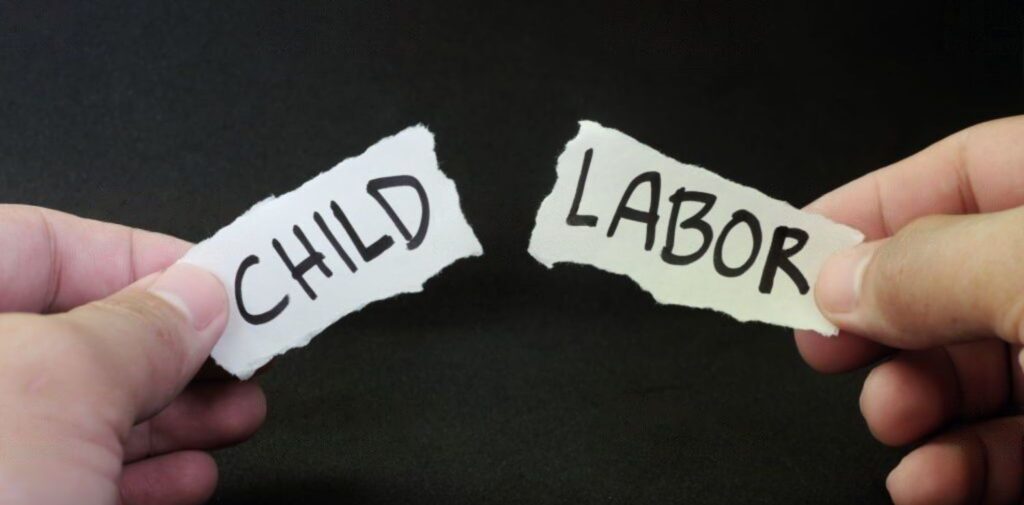
Challenges in Ending Child Labor
Despite the laws and efforts to end child labor, there are still many challenges. Some of the main challenges include:
- Poverty: In many poor families, children are still seen as a source of income. As long as families are poor, they may not be able to afford education for their children, and they may need the children to work to survive.
- Lack of Awareness: Some people in rural areas may not know that child labor is illegal or harmful. They may believe that children should work to help their families or that it is part of the tradition.
- Weak Enforcement: Although there are laws to stop child labor, they are not always enforced properly. Sometimes, children continue to work in dangerous conditions because there is no one to stop it.
Conclusion
Child labor is a serious issue in India, and it affects millions of children. While the country has made some progress with laws, education, and awareness, there is still a long way to go. It is important for the government, society, and families to work together to protect children from the harmful effects of child labor. Children should be in school, learning and growing, not working in factories or farms. By ensuring that every child has the right to a happy and healthy childhood, India can build a better future for all its children.

